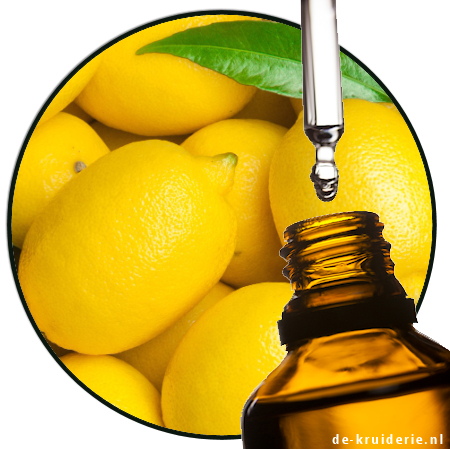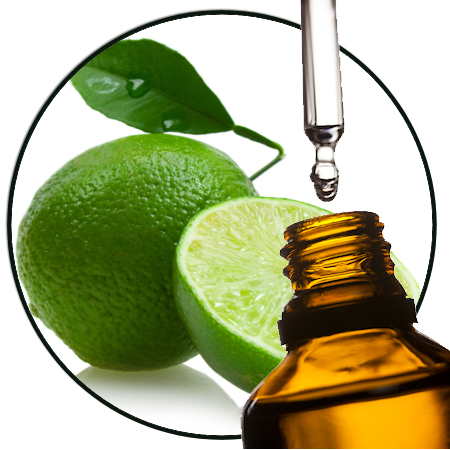

L-Limonene (Natural)
Fragrance : A bright, fresh, sharp citrus scent with zesty lemon accents.
Fragrance group : citrus
Fragrance strength : medium
Fragrance duration : 4 hours
Recommended dosage: up to 8%
CAS : 5989-54-8
EINECS :227-815-6
Flash point : 51°C
1st Class Quality Products
All fragrances are selected with care
Delivery from stock
We supply everything from our own stock, unless otherwise stated on the product itself.
L-Limonene blends well with other citrus, spicy and woody notes, making it a versatile ingredient in fine perfumery.
Common combinations are:
- Citrus oils (bergamot, orange, grapefruit) – Enhances freshness and clarity.
- Spicy notes (lavender, rosemary, basil) – Gives an aromatic lift.
- Woody elements (cedarwood, sandalwood, vetiver) – Balances the sharpness with warmth.
- Spices (black pepper, cardamom) – Creates a dynamic contrast.
In fine perfumery, L-Limonene acts as a bright, fresh top note, enhancing citrus, spicy and woody accords.
It is often used in:
- Citrus compositions – Enhances the freshness of bergamot, orange and grapefruit.
- Spicy Blends – Adds vibrancy to lavender, rosemary and basil.
- Woody scents – Balances sharp citrus with warmth of cedarwood, vetiver and sandalwood.
- Spice scents – Creates contrast with black pepper and cardamom.
L-Limonene vs D-Limonene:
D-Limonene and L-Limonene are two enantiomers of limonene, meaning they have the same molecular formula (C₁₀H₁₆) but differ in their spatial orientation.
Differences:
- D-Limonene (R-Limonene) :
- Rotates polarized light to the right (dextrorotatory).
- Found in citrus peels, especially oranges.
- Has a strong, sweet citrus scent.
- Used in cleaning products, foods and perfumes.
- L-Limonene (S-Limonene) :
- Rotates polarized light to the left (levorotatory).
- Found in pine trees, mint and bergamot.
- Has a resinous, turpentine-like odor.
- Used in specialty fragrance applications. The R in R-Limonene and the S in S-Limonene refer to their chirality, which describes the spatial arrangement of atoms in a molecule.
These letters come from the Cahn-Ingold-Prelog (CIP) priority rules, which determine the absolute configuration of a chiral center:
- R (Rectus) means that the molecule rotates clockwise in a standard orientation.
- S (Sinister) means that the molecule rotates counterclockwise in a standard orientation.
Chirality plays an important role in odor perception, because our olfactory receptors are very sensitive to the three-dimensional shape of molecules.
This means that enantiomers—mirror image molecules like R-Limonene and S-Limonene—can smell completely different, despite having the same chemical formula.
For example:
- R-Limonene smells sweet and orangey .
- S-Limonene smells sharp and lemony .
This difference arises because each enantiomer interacts differently with the receptors in our nose, creating different odor perceptions .
Some well-known perfumes that contain L-Limonene are:
- Acqua di Parma Colonia – A classic citrus fragrance with bright lemon and bergamot notes.
- Dior Eau Sauvage – Has a fresh citrus opening with spicy and woody undertones.
- Chanel Allure Homme Sport – Uses L-Limonene to enhance the vibrant citrus top notes.
- Jo Malone Lime Basil & Mandarin – A refreshing blend of citrus and aromatic basil.











